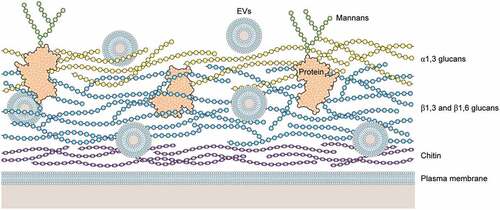Figures & data
Table 1. Histoplasma capsulatum virulence factors and regulators.


